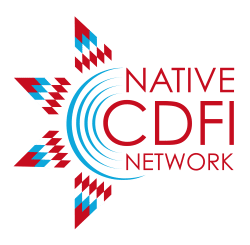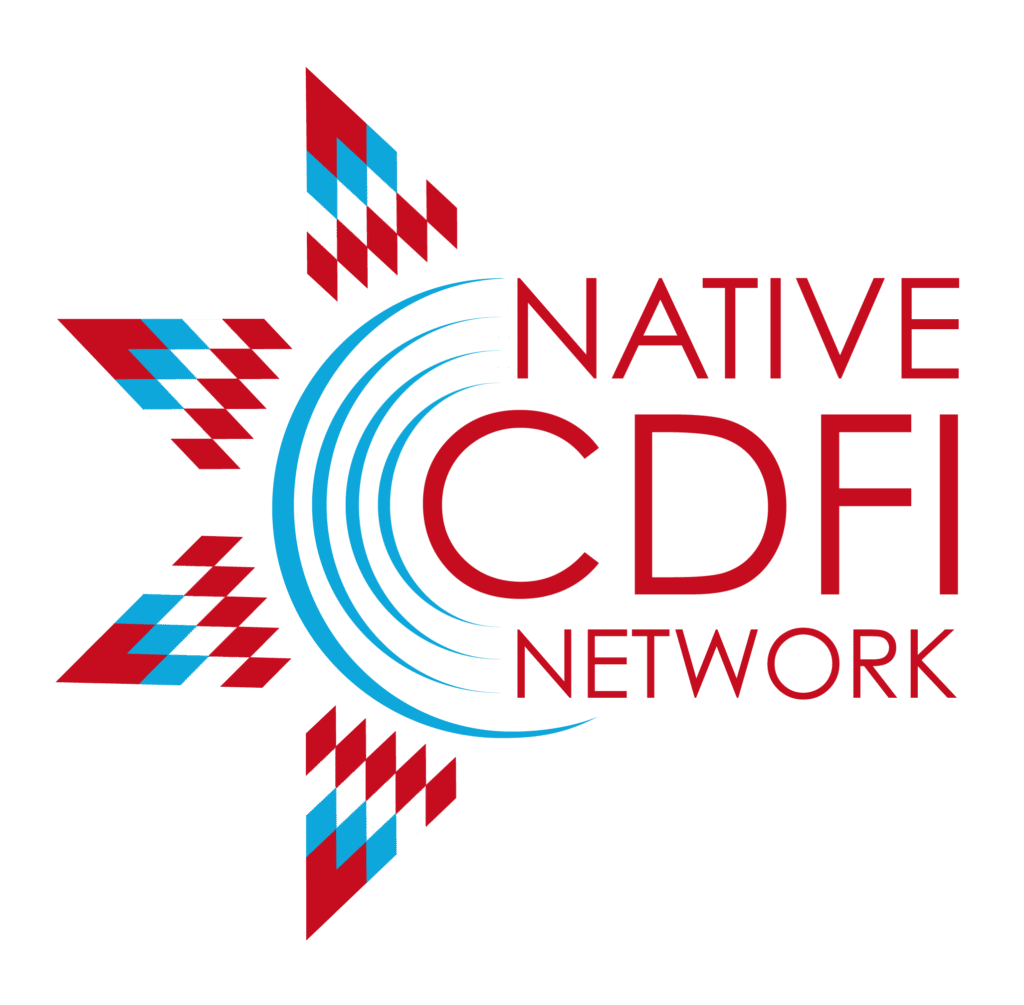ABOUT THE IRP PROGRAM
The USDA Rural Development (USDA RD) Intermediary Relending Program (IRP) is a vital funding source for Native CDFIs seeking to increase access to capital for small businesses and economic development projects in Tribal communities. This program provides low-interest loans to intermediaries, such as Native CDFIs, who then establish revolving loan funds to finance rural business development projects and community improvement efforts.
Eligible Uses of IRP Funding
- Starting or expanding rural businesses
- Buying equipment or real estate
- Working capital for small businesses
- Community development and job creation
- Infrastructure tied to business growth
Who Can Apply?
- Intermediary Lenders
- Nonprofits and cooperatives.
- Federally-recognized tribes.
- Public agencies.
- Cooperatives
Ultimate Recipients
- Individuals, businesses, or organizations located in rural areas (≤50,000 population)
- At least 51% U.S. citizen ownership
- Ineligible for affordable commercial credit
- No delinquent federal debt
Application Process
For Intermediaries:
- Submit Form RD 4274-1, project summary, environmental checklist, and required certifications
- Application deadlines are quarterly: Sept 30, Dec 31, Mar 31, Jun 30
- Submit to your State USDA RD Office
For Ultimate Recipients:
- Find a participating intermediary
- Apply directly through them with your business plan, financials, and project summary
Loan Terms
- To intermediaries: 1% interest, up to 30 years (interest-only possible for first 3 years)
- To ultimate recipients: Loan terms and rates set by intermediary (must be affordable and fair)
- Max per year: $1M to intermediaries, $400K or 50% of project cost to ultimate recipients





